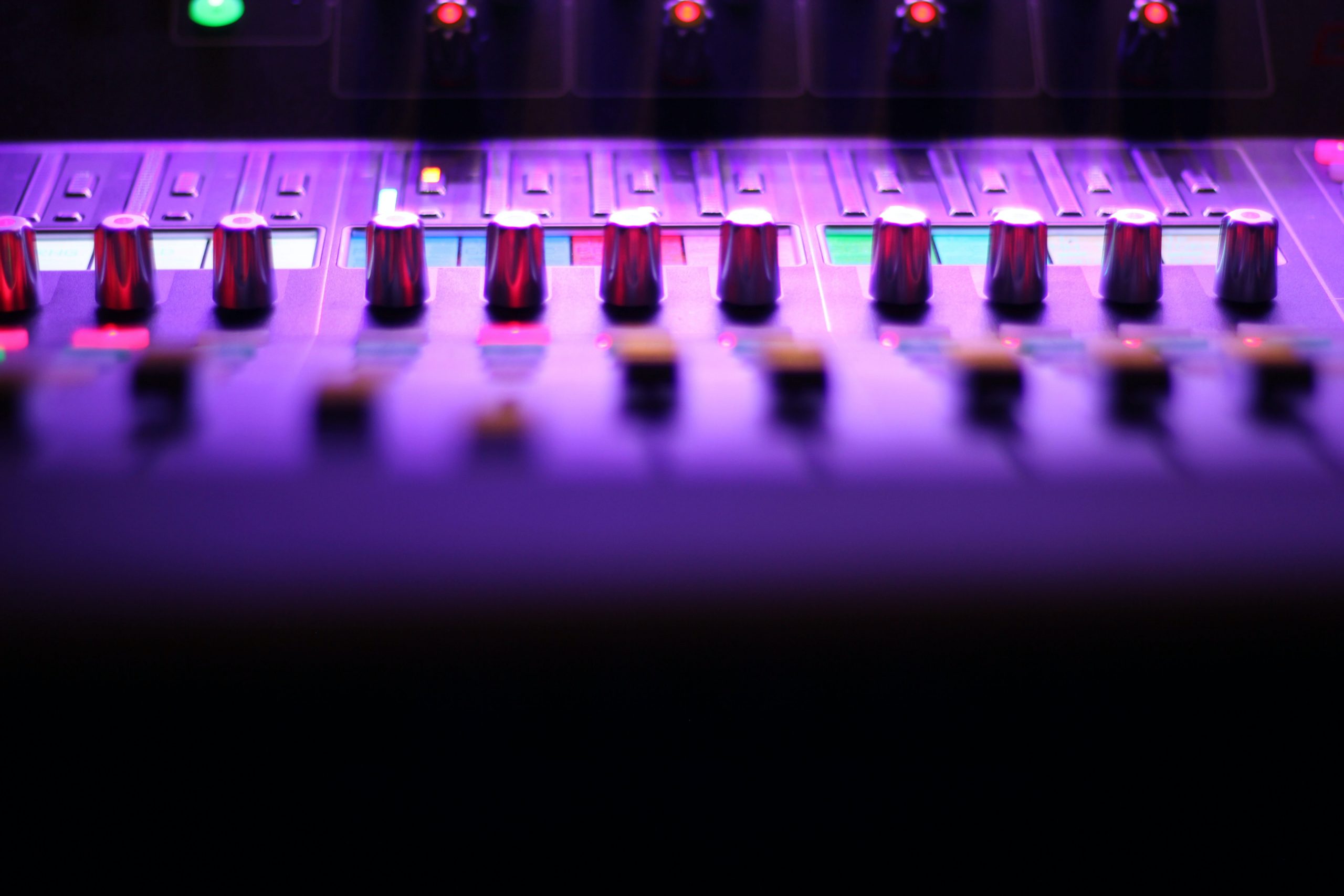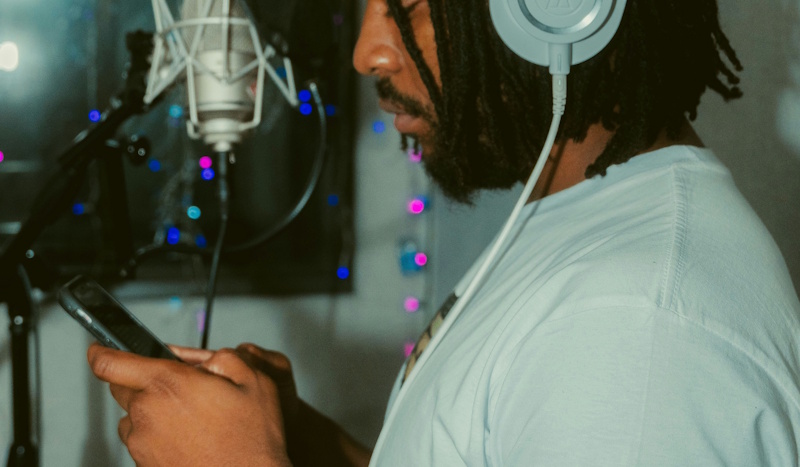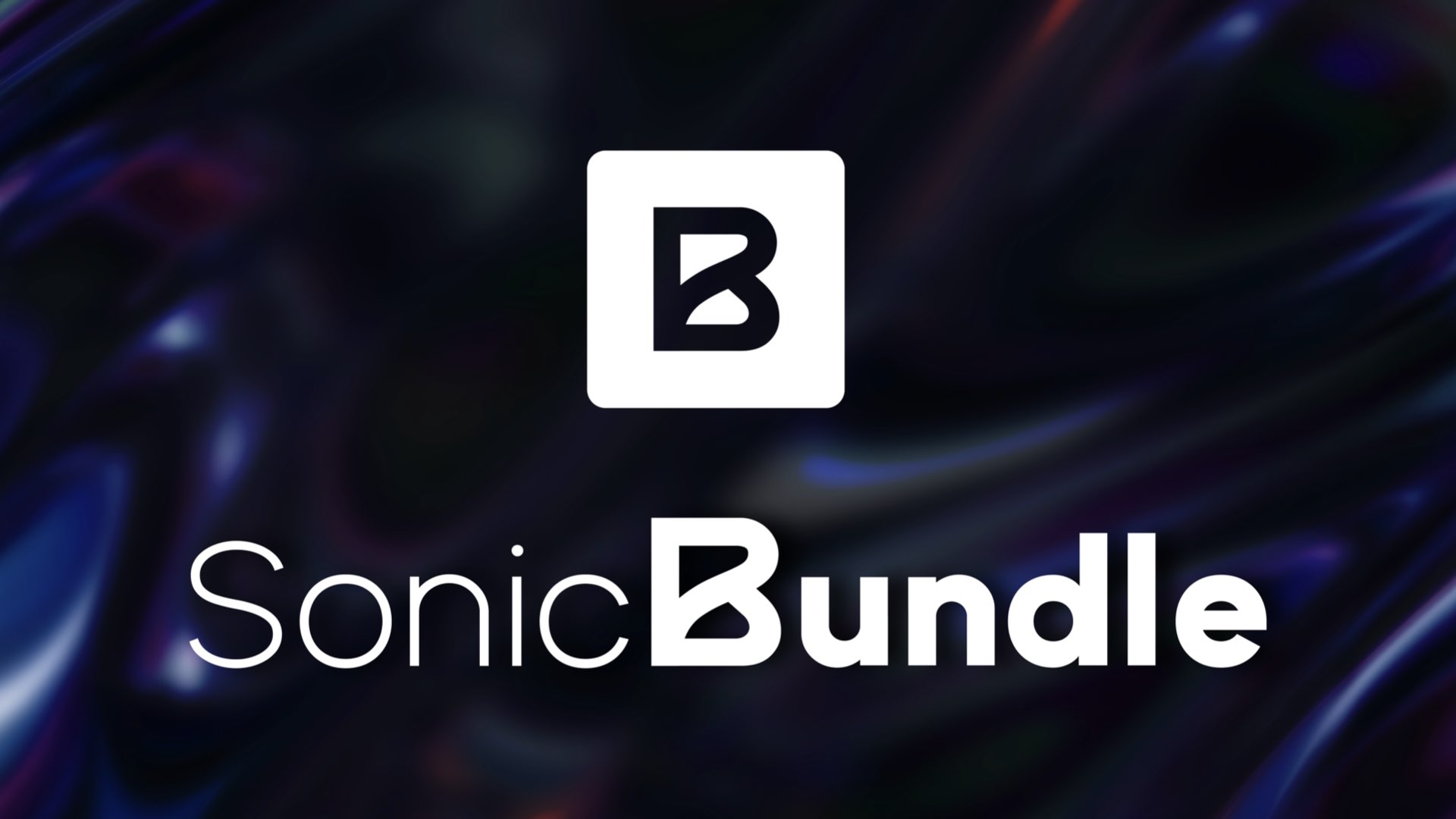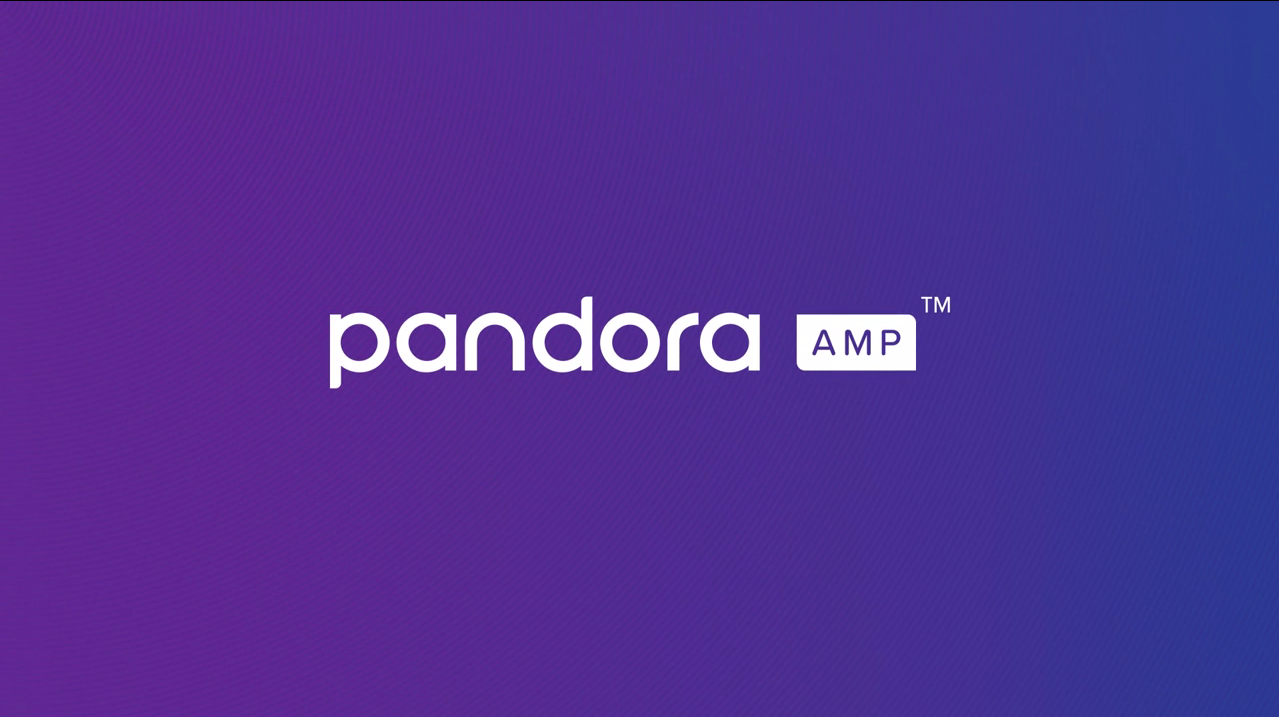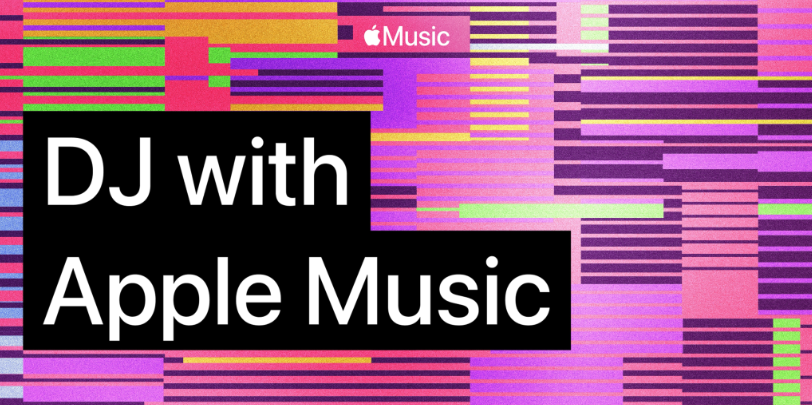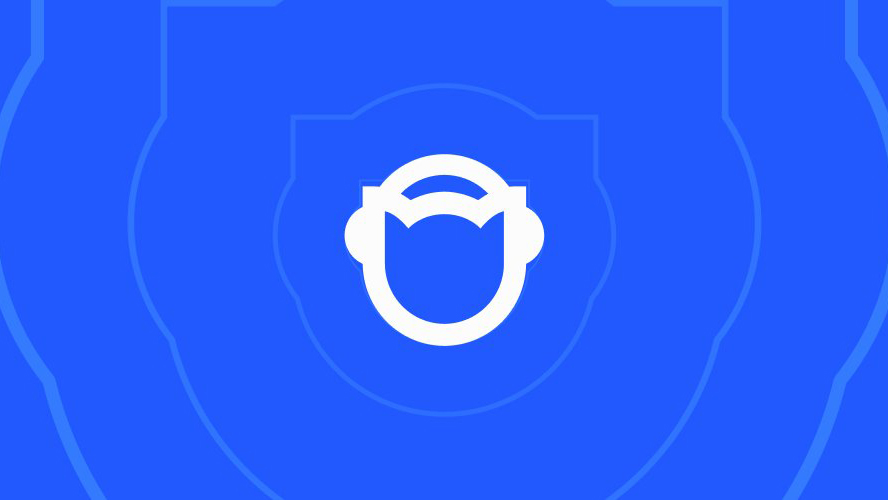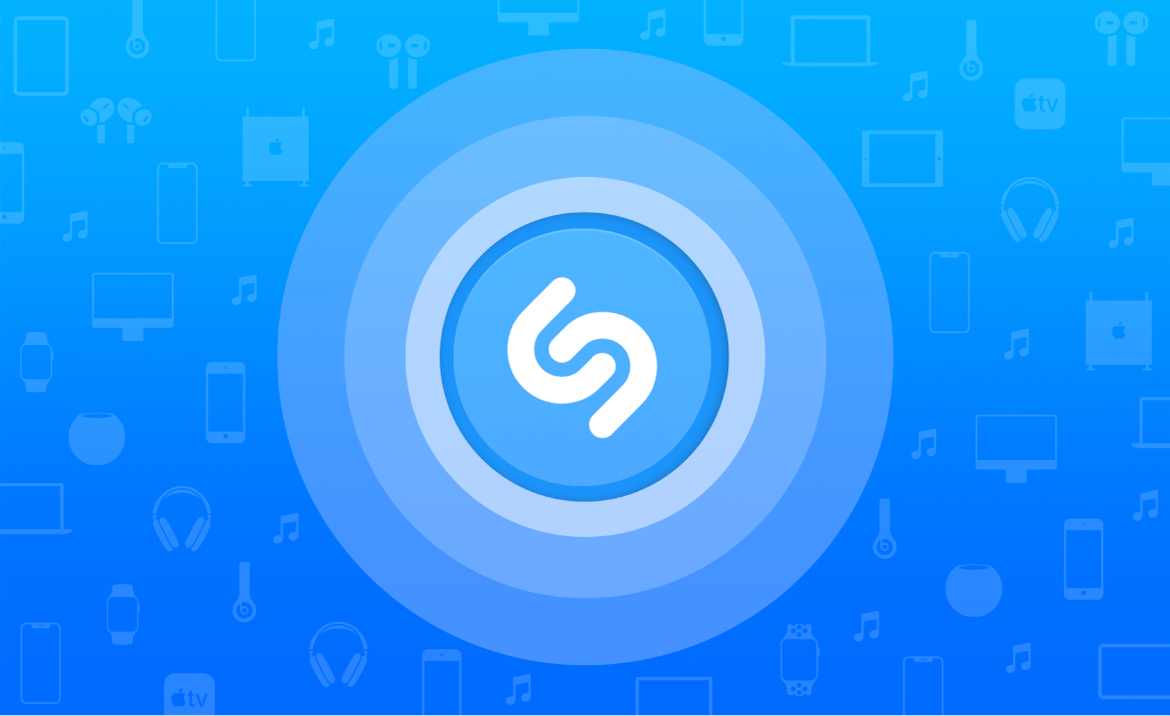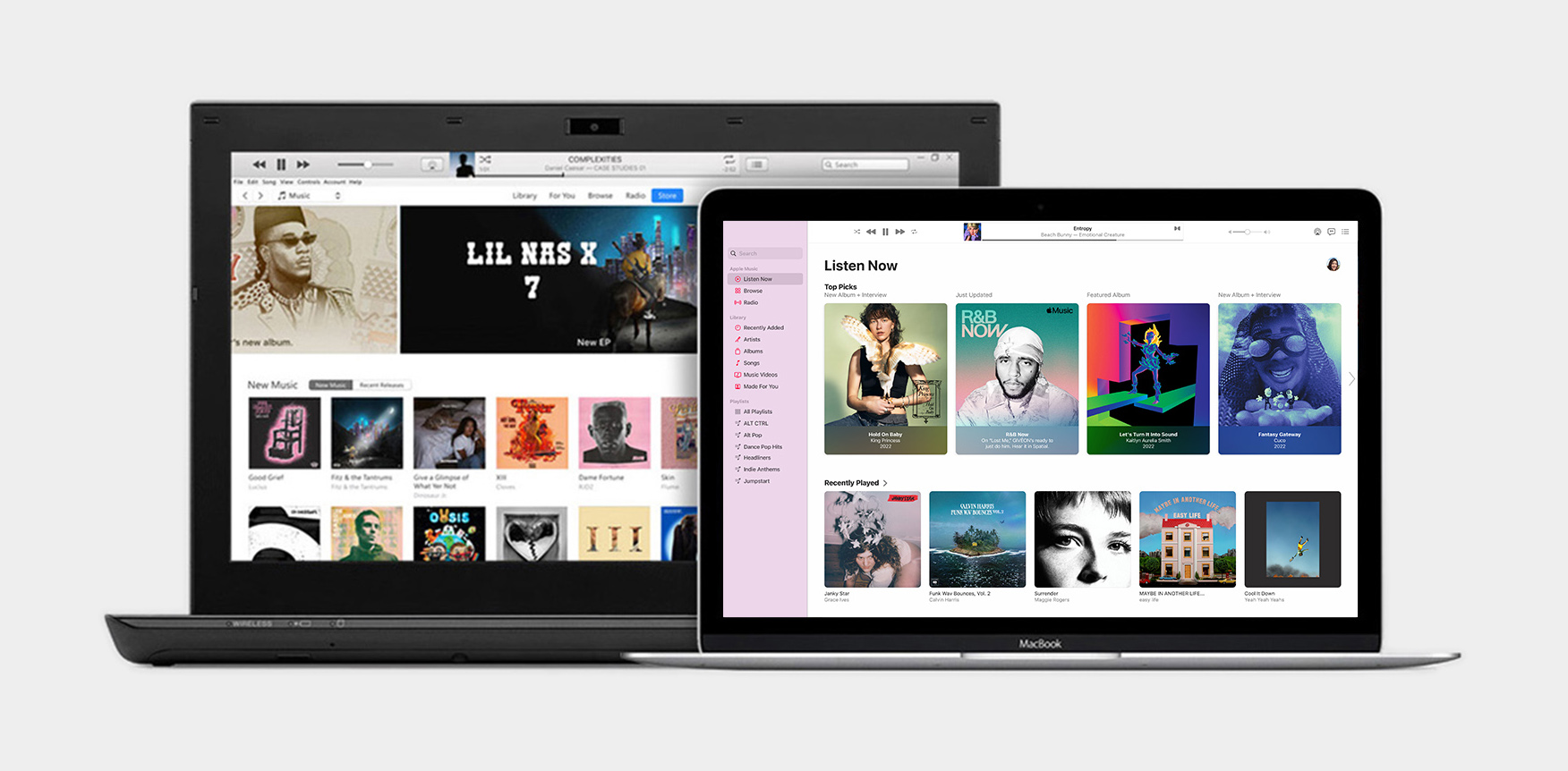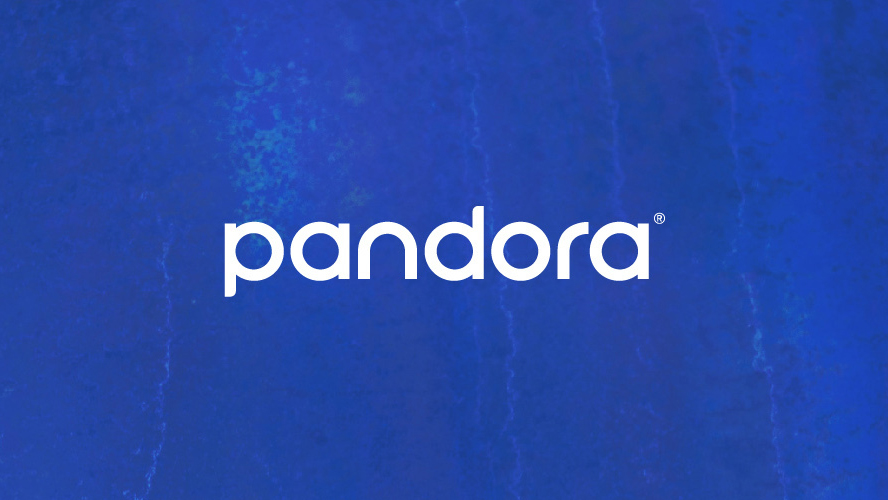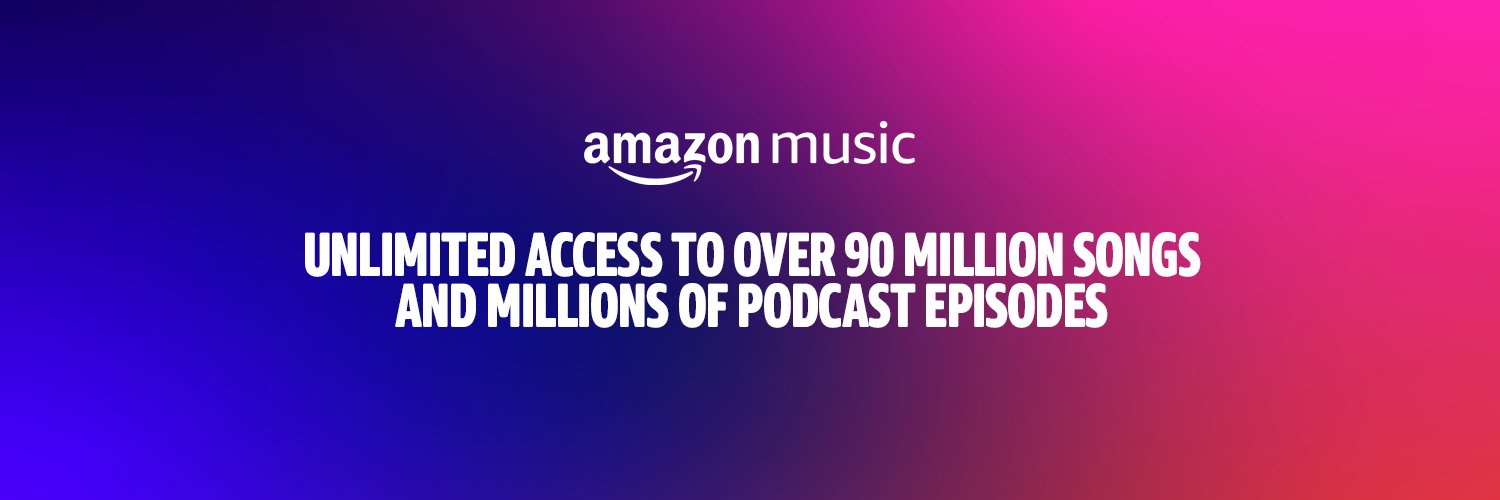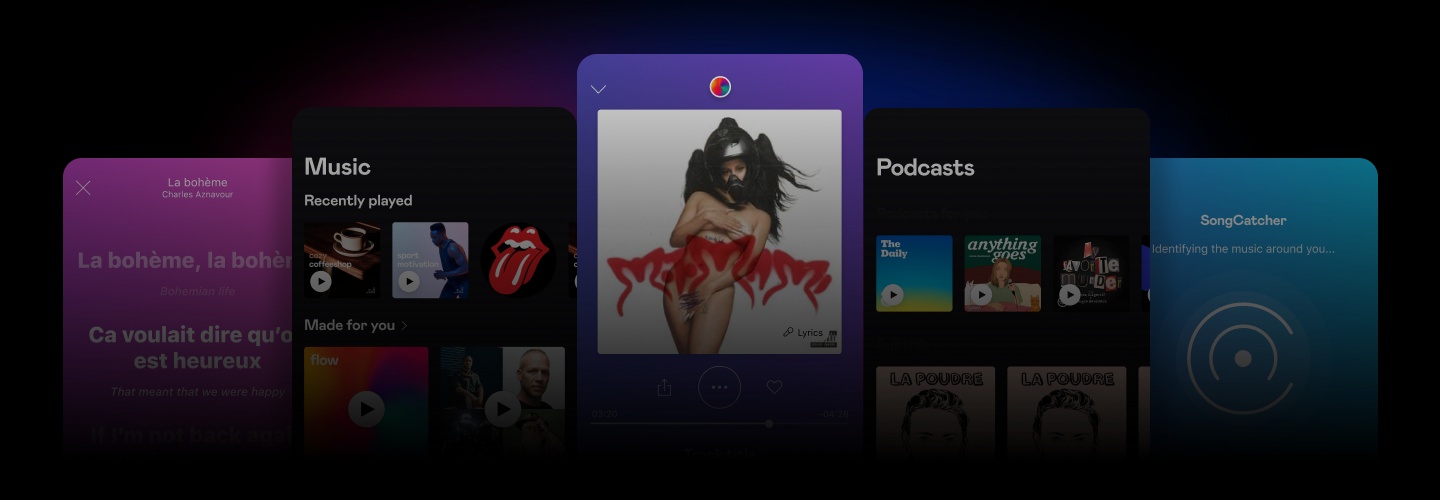Why is panning important in music production?
Image Credit: Denisse Leon
Learn how to get the most out of the sounds in your mix with our brief introduction to stereo panning when producing.
At a gig (remember those?), if you really concentrate you can hear the direction each instrument is coming from on the stage. Some seem to come from either side and some are dead centre, some are at the front and others at the back. That mixture is referred to as the stereo field.
When mixing your track, panning refers to where in the stereo field each instrument sits. It determines how far to the left or right each sound can be heard.
When your track is out in the world being played through someone else’s speakers, you want to create an imaginary stage for the listener, so bear that in mind as you’re mixing. Let’s explore why using stereo panning is important in music production.
Create a nice separation of sounds
Panning allows you to make room for each sound in the mix, especially instruments with similar frequency ranges, so that they stand out as desired. Avoid panning instruments to the extreme far left and right, which can create a muddy sound rather than making it “wide”.
It’s all about balance
Stereo panning puts each instrument in its proper place to sound as natural as possible. Panning is all about finding balance between tracks. For each element panned one way, another of a similar frequency should be panned the other.
Left or right?
The centre is often the busiest place in the stereo field. Low frequency sounds like the kick and bass are generally kept in the centre for grounding, snare central to help aid the rhythm, and lead vocals too to keep them the focus.
Let your sounds pop
There’s no absolute right or wrong way to pan instruments – often it comes down to the type of music you’re producing and personal preference. Just make sure your panning choices make sense to the overall effect of the music.
Play around with panning for cool effects
Mess around with the panning to create cool illusions as the sound moves around. You can change where instruments are panned as the track goes on. Autopanning effects sweep the sound from one side to the other over time.
You can even draw a “stage” of your sounds on paper to get a visual representation of where you want everything to sit. Panning is an expressive tool to make your mix sound wider, and make sure all your sounds get the chance to shine just as awesomely as you imagine them to in your head as you produce.
